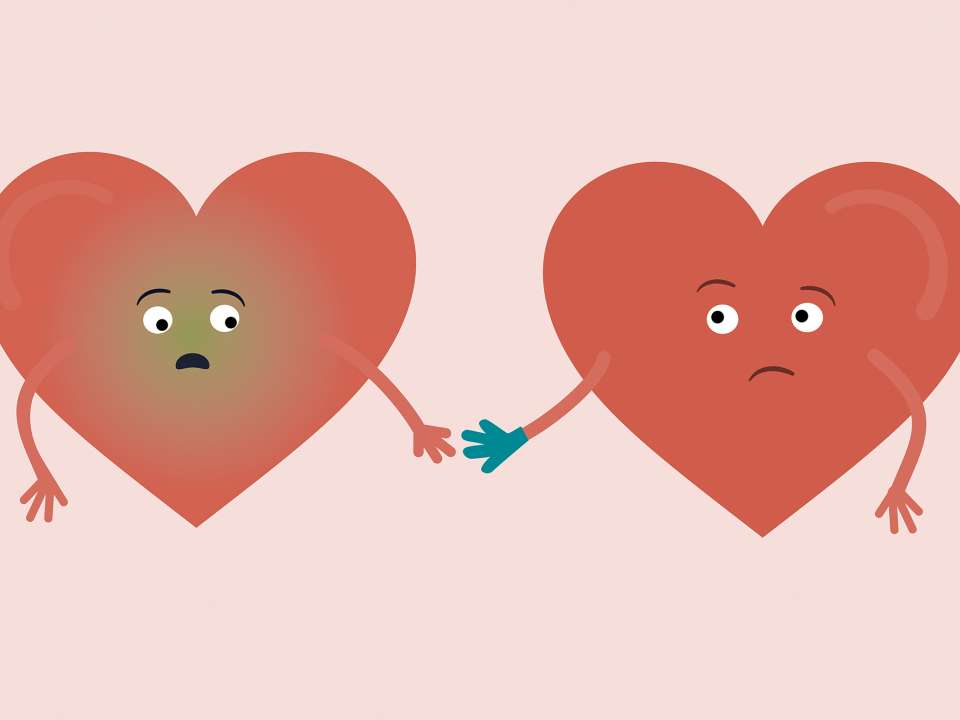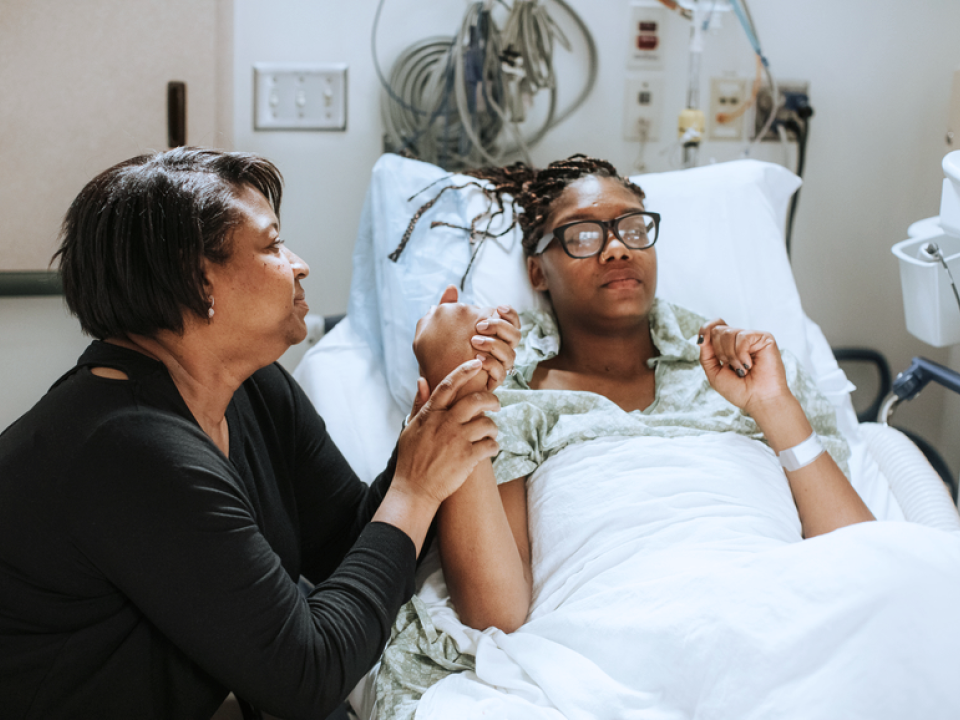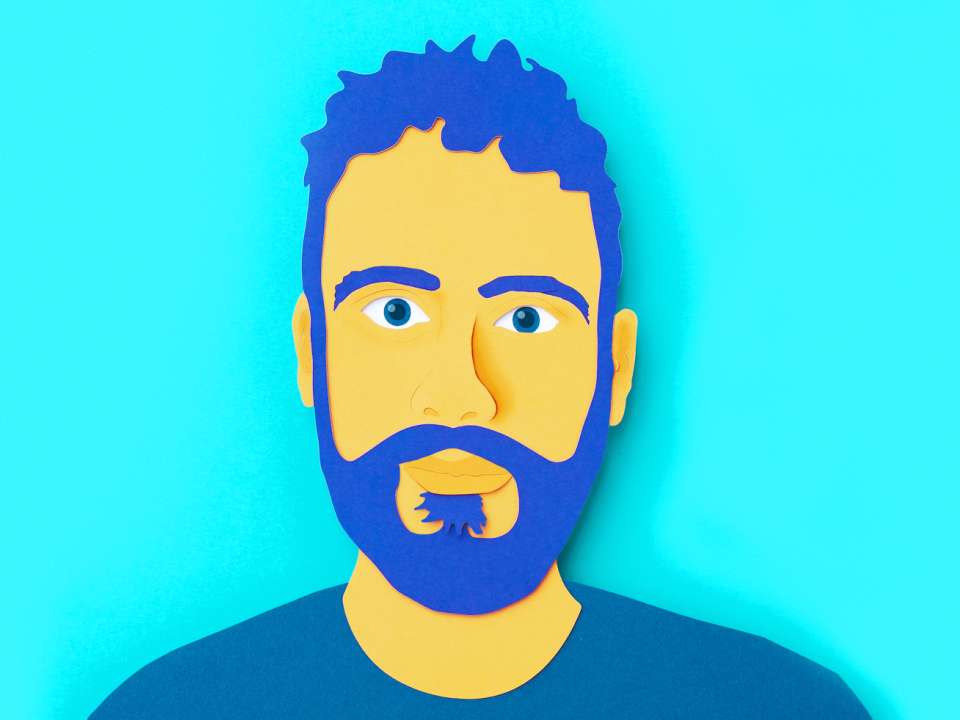
It’s that time of the year. One minute you’re soaking up the autumnal goodness of the season — fall leaves! festive lattes! fuzzy socks! — and the next you’re curled up on your couch with a fever, body aches and a cough that just won’t quit.
Could it be COVID-19? Could it be the seasonal flu? Or could you actually have both illnesses at the same time?
The answers to all of the above are yes, yes and more yes.
“Flu season is, of course, variable from year to year,” says Dr. Amanda Casto, an infectious diseases fellow at UW Medicine. “Some years we have good years, some years we have bad years. This year, we now have the risk of people getting COVID-19 and the flu at the same time.”
To help you stay safe this fall and beyond, here’s what Casto wants you to know about the convergence of this year’s flu season with the COVID-19 pandemic.
How are the symptoms of COVID-19 different from the flu?
Unfortunately, there’s no way to tell if you have COVID-19 or the seasonal flu based on your symptoms alone. That’s because, while the diseases are completely different, their symptoms are deceptively similar.
“Any of the symptoms that flu could potentially give you, you could also get from COVID-19 and vice versa,” Casto explains.
The most common COVID-19 symptoms include fever, cough, shortness of breath, fatigue, headaches, body aches, loss of smell or taste, a sore throat, a runny or congested nose, vomiting and diarrhea.
Take a look at common influenza symptoms and, well, it’s nearly a symptom-for-symptom match. Fever, cough, fatigue, headaches, body aches, a sore throat and a runny nose all make the cut.
So what does that mean for this year’s flu season?
“If I were seeing someone with symptoms that sound like a respiratory viral illness, I would test them for both COVID-19 and the flu,” Casto says. “I could guess what you have, but I’d have a pretty significant chance of guessing wrong.”
Can you get the flu and COVID-19 at the same time?
Further complicating this perfect storm is that it’s indeed possible to get sick with both COVID-19 and the flu.
“We do know that you can get more than one respiratory virus at the same time, like the flu virus and a cold virus,” Casto says.
Remember, while COVID-19 and the seasonal flu have eerily similar symptoms, they’re completely different diseases caused by completely different viruses. COVID-19 is caused by the novel coronavirus SARS-CoV-2, while the flu is caused by the influenza virus, of which there are multiple strains.
And while it may seem unlikely that you can become infected with both viruses at once, it’s actually not that far-fetched.
The novel coronavirus and influenza viruses are all transmitted via droplets an infected person makes when they cough, sneeze or speak. And if you just so happen to be around someone who has COVID-19 and then later cross paths with someone who has the flu, you can find yourself the unhappy recipient of both.
“You may have been at a particular event where you were exposed to a lot of people, so you can pick up more than one virus at the same time,” Casto notes. “It all boils down to how sick do these infections make you?”
Who is at high risk from the flu?
Just like COVID-19, the seasonal flu can cause a wide range of illness, from mild to severe. Both illnesses can result in hospitalization and even death.
“The people who are at higher risk of influenza having a serious impact on their lives are those who have immune systems that don’t work well,” Casto says.
Groups who are most at risk of severe illness from influenza include people who have compromised immune systems such as those undergoing cancer treatment, pregnant women, children younger than 2 and adults older than 65. Unfortunately, many of these high-risk groups overlap with those who are at higher risk for severe illness from COVID-19.
But even if you’re relatively young and healthy, it doesn’t mean you should simply shrug off the flu — or COVID-19, for that matter.
This past flu season, the Centers for Disease Control (CDC) estimates between 39 million and 56 million Americans came down with the flu, and as many as 740,000 people were hospitalized as a result.
“I encourage everyone to get their flu shot,” Casto says. “The flu shot is something that you do not only for yourself but for your family and loved ones. You do it to protect them and, potentially, to prevent yourself from transmitting the flu to a stranger.”
When should you get the flu shot?
Although it’s difficult to predict exactly when the seasonal flu will peak each year, Casto notes the ideal time to get your flu shot is in early fall.
“September is really when your doctor’s office or pharmacy will start to have flu shots available, and the CDC recommends you get your flu shot by the end of October,” she says.
The reasoning there is that public health experts want most people to be vaccinated and have protection before influenza viruses really begin circulating in late fall and winter.
Can the flu shot protect you from COVID-19?
While it’s essential to get your flu shot — this year, especially — don’t expect it to give you protection beyond influenza.
“As much as I wish the flu shot could protect you from COVID-19, it does not,” Casto says.
Because COVID-19 is caused by the novel coronavirus and not influenza viruses, it requires a completely different vaccine than the flu shot.
This means your best protection from COVID-19 remains wearing a mask in public, washing your hand frequently and maintaining social distancing.
And, hey, with all that good hand hygiene and mask wearing, you may actually be helping prevent the spread of flu, too.
The bottom line
While dealing with a pandemic this flu season isn’t anyone’s ideal, the good news is you have one simple and effective way to protect yourself.
“The most important thing is for people to get their flu shots,” Casto says. “We don’t have the opportunity to protect ourselves from COVID-19 with a vaccine yet, but we do have that opportunity for the flu.”
And after you get your flu shot, you can feel free to get back to all that fall fun — with a mask on, of course.
The info in this article is accurate as of the publishing date. While Right as Rain strives to keep our stories as current as possible, the COVID-19 pandemic continues to evolve. It’s possible some things have changed since publication. We encourage you to stay informed by checking out your local health department resources, like Public Health Seattle King County or Washington State Department of Health.

 Healthy ideas for your inbox
Healthy ideas for your inbox





